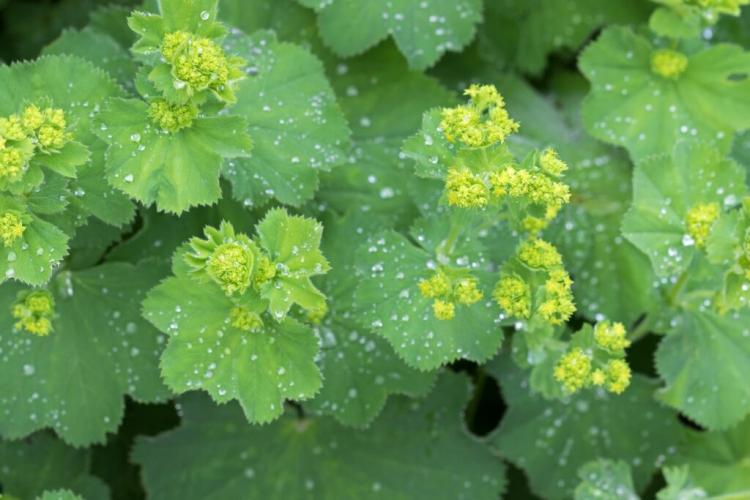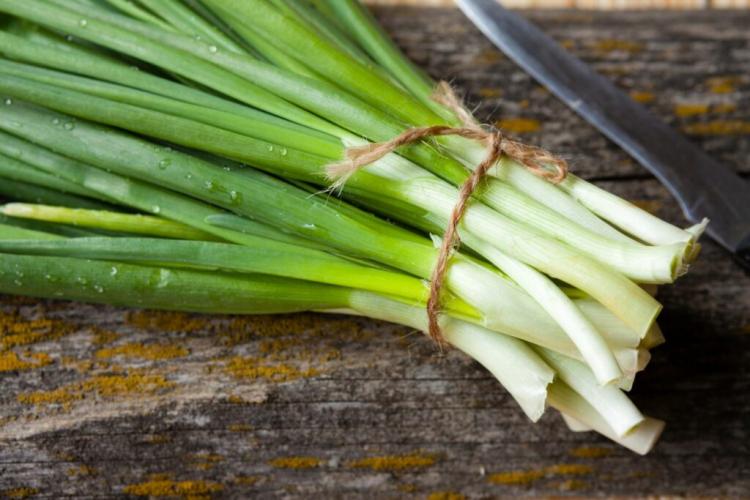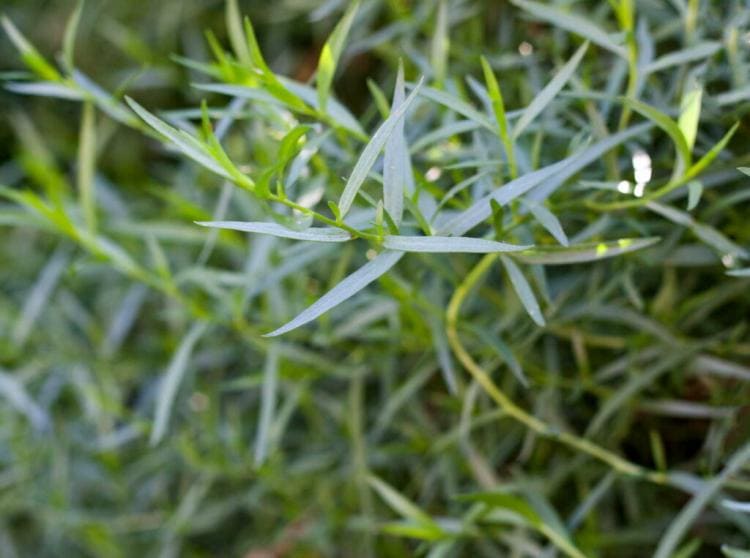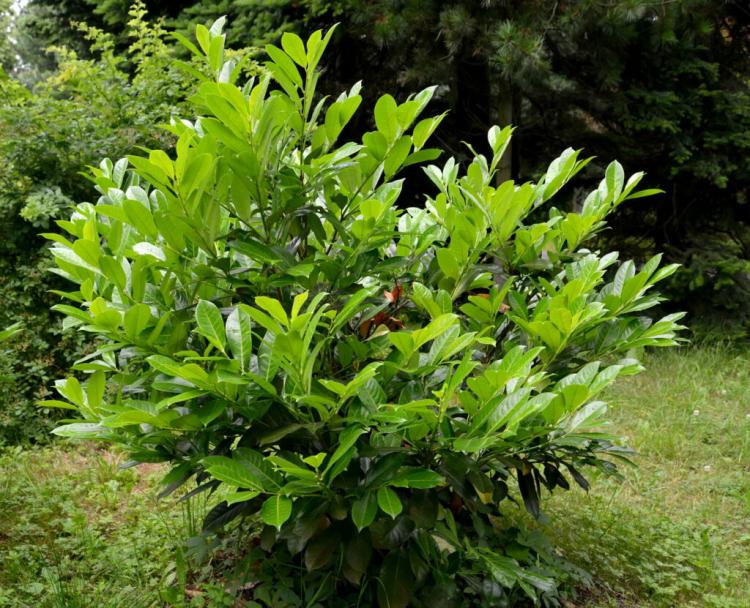Glue Boards: What Are They & How To Use Them?
The colored, sticky boards can be found in many gardens. We show which pests can be combated with glue boards and how to use them.
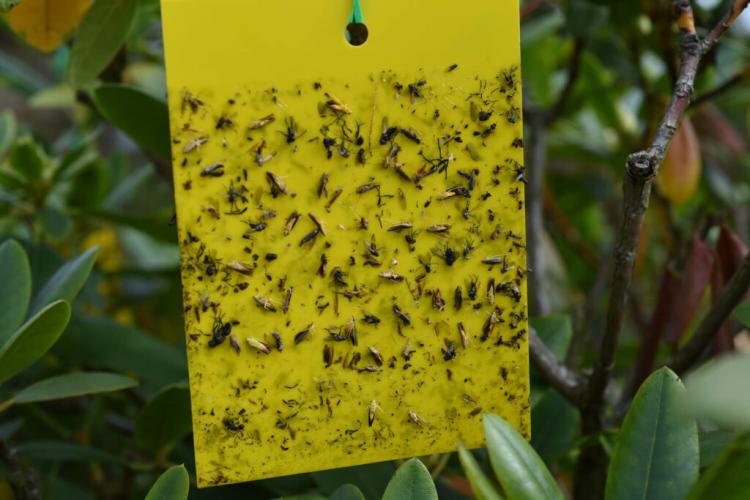
Many insects are attracted to certain colors, which is used to trap glue [Photo: Manfred Rucksackzio / Shutterstock.com]
Anyone who has ever been to a nursery will certainly know the adhesive, colored boards that are hung between the plants. These boards are part of the so-called biotechnical plant protection, in which the stimuli of insects are used to combat or drive them away. Glue boards use the stimuli of insects, which are attracted by special colors. They will then stick to the glue boards. No pheromones are usually needed, although combining the glue boards with these can make them even more effective.
What are glue boards?
Table of Contents
Glue boards are colored paper or plastic boards that are colored in the same color on both sides and coated with glue. The insects then stick to this glue so that they can no longer tamper with your plants.
What types of glue boards are there?
You can get glue boards in a wide variety of colors, as many types of insects are attracted to different colors.
Yellow glue boards
The most famous glue boards are certainly the yellow boards. Many insects are attracted by the yellow color, for example fungus gnats or the whitefly. You can also buy yellow tablets in our Plantura shop. If you would like to find out more specifically about the yellow, adhesive boards and what pests they are used for, then visit our article on yellow glue boards.
Blue glue boards
Another type of glue board are the blue boards. These boards are used in particular to combat or monitor thrips. You can find more information on the use and benefits of blue boards here.

Thrips are a big problem in tomato growing and blue glue traps can help [Photo: AJCespedes / Shutterstock.com]
White glue boards
White glue boards are hung up especially for the Californian flower thrips ( Frankliniella occidentalis ) and also for the apple saw wasp (Hoplocampa testudinea) and plum saw wasps (Hoplocampa minuta or Hoplocampa flava ). In addition, you can monitor and catch the raspberry beetle (Byturus tomentosus) with white glue boards.
Red glue boards
The red glue boards are used for the unequal wood drill ( Xyleborus dispar ). This pest is particularly found in fruit and wine growing and likes to attack apple trees ( Malus ), cherry trees ( Prunus ) and pear trees ( Pyrus ). The beetle bores itself into the wood and lays its eggs there.
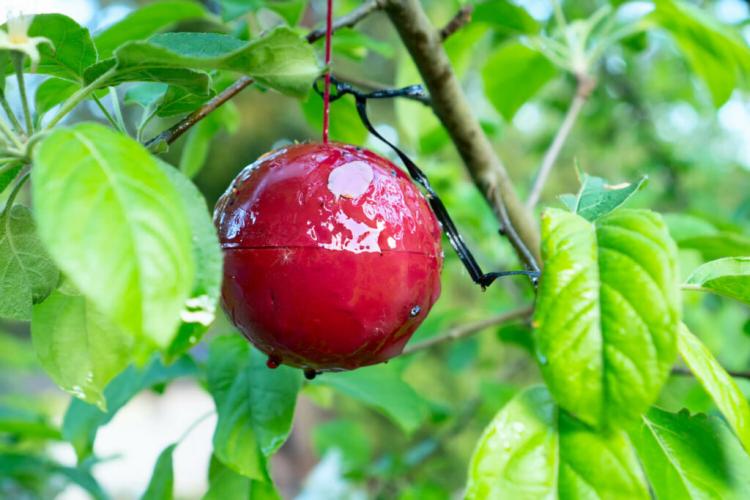
Red glue traps are often used in fruit growing [Photo: Badon Hill Studio / Shutterstock.com]
Orange glue boards
There are also orange glue boards that are used for the carrot fly, also known as the carrot fly ( Chamaepsila rosae ). But not only carrots ( Daucus carota subsp. Sativus ) are attacked by these small malefactors, celery ( Apium ) and parsnips ( Pastinaca sativa ) can also suffer damage from the insects.
How do glue boards work?
The insects are attracted by the respective color and then stick to the glue boards. The different colors attract them because they react to the light reflections. For example, many insects are attracted by the color yellow, because flowers that contain the nutritious pollen and nectar also have this color.

Glue traps are primarily used to monitor adult pests [Photo: Valeria Viktor / Shutterstock.com]
You can also reuse most of the glue boards by simply scraping off the trapped insects and applying the appropriate glue to the surface again.
Use of glue boards for pest control?
In general, glue boards are only used for monitoring, i.e. to monitor pest infestation, and not directly for combating them. The traps are only attractive to adult insects, but the actual pests are mostly the larvae that live in the ground. In addition, a few animals always escape the trap, so that they still reproduce. Nevertheless, the use of glue traps makes sense, as they can be used to detect an infestation early and thus initiate control steps in good time. Furthermore, the determination is easier with the stuck insects and the success can be monitored well during the control.
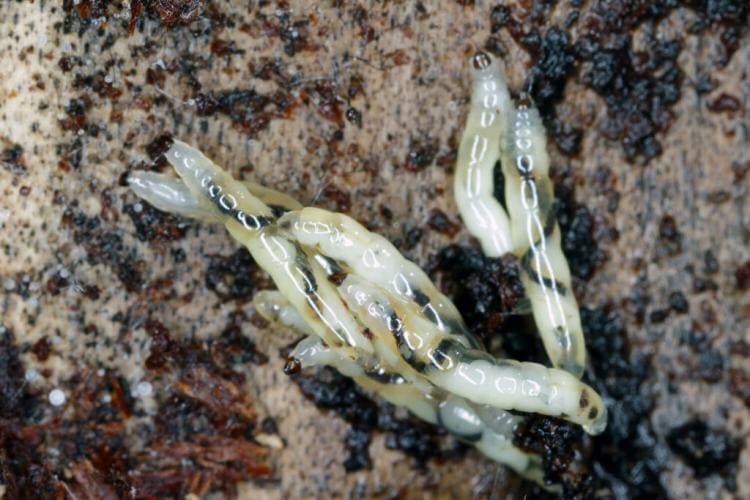
Glue traps have no effect on pest larvae, which often cause the greater damage [Photo: Tomasz Klejdysz / Shutterstock.com]
Tomatoes are particularly popular with aphids and whiteflies in early summer. So that you can protect your plants after the invasion is detected, we recommend, for example, our article on fighting tomato pests.


